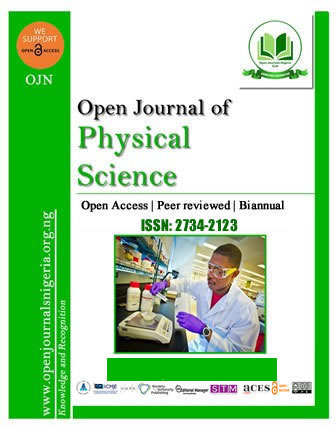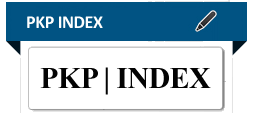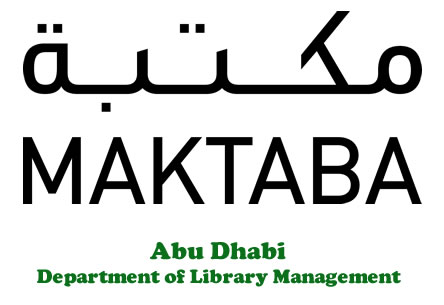A NATURAL LANGUAGE PROCESSING APPROACH TO DETERMINE THE POLARITY AND SUBJECTIVITY OF IPHONE 12 TWITTER FEEDS USING TEXTBLOB
DOI:
https://doi.org/10.52417/ojps.v2i2.276Keywords:
Cybercrime, Deep-Learning, Digital Forensic, Denial of Service Attacks, Network-monitoring system, Network ForensicsAbstract
Sentiment analysis and opinion mining is a branch of computer science that has gained considerable growth over the last decade. This branch of computer science deals with determining the emotions, opinions, feelings amongst others of a person on a particular topic. Social media has become an outlet for people to voice out their thoughts and opinions publicly about various topics of discussion making it a great domain to apply sentiment analysis and opinion mining. Sentiment analysis and opinion mining employ Natural Language Processing (NLP) in order to fairly obtain the mood of a person’s opinion about any specific topic or product in the case of an ecommerce domain. It is a process involving automatic feature extractions by mode of notions of a person about service and it functions on a series of different expressions for a given topic based on some predefined features stored in a database of facts. In an ecommerce system, the process of analyzing the opinions of customers about products is vital for business growth and customer satisfaction. This proposed research will attempt to implement a model for sentiment analysis and opinion mining on Twitter feeds. In this paper, we address the issues of combining sentiment classification and the domain constraint analysis techniques for extracting opinions of the public from social media. The dataset that was employed in the paper was gotten from Twitter through the tweepy API. The TextBlob library was used for the analysis of the tweets to determine their sentiments. The result shows that more tweets were having a positive subjectivity and polarity on the subject matter.
Published
How to Cite
Issue
Section
Copyright (c) 2021 Abubakar & Uppin

This work is licensed under a Creative Commons Attribution 4.0 International License.




















